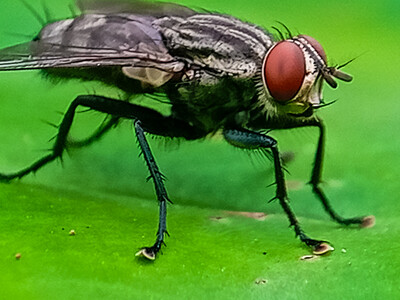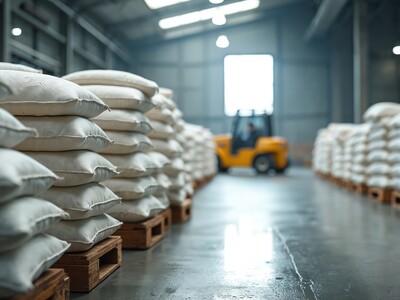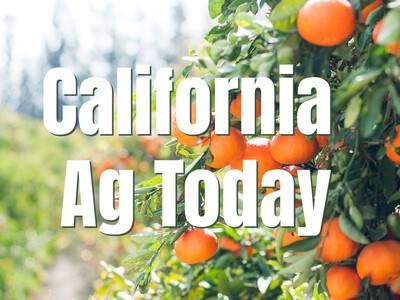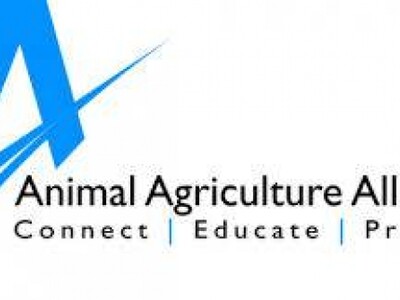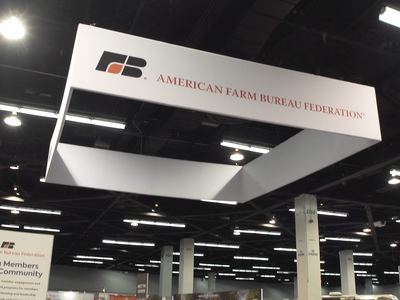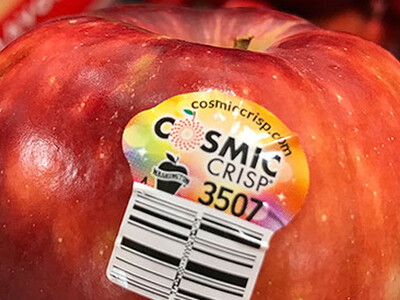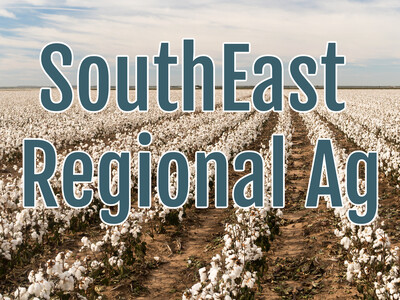CRP
USDA administers a variety of conservation programs with an emphasis on voluntary land retirement, working lands and conservation easements. The most notable is the Conservation Reserve Program, a voluntary land retirement program that provides financial compensation to landowners who voluntarily remove highly erodible and environmentally sensitive lands from agricultural production and install resource-conserving practices or preserve wildlife habitat. Annual expenditures under the CRP total nearly $2 billion, and since 1987 USDA has provided more than $50 billion in CRP rental payments to farmers and ranchers.In addition to modifying CRP, the 2018 farm bill also created a pilot program, the Soil Health and Income Protection Program, designed to promote the use of cover crops. Under the pilot program, a maximum of 50,000 acres could be enrolled across Iowa, Minnesota, Montana, and North and South Dakota for three to five years. Designated for land that was recently in crop production with a limitation that no more than 15% of the farm acreage can be enrolled in the program, SHIPP is not available for expiring CRP contracts. Farmers who enroll acres in SHIPP receive an annual rental payment and are also provided flexibilities in haying and grazing the cover crops outside the primary nesting season without a reduction in the annual rental payment – providing an additional revenue stream on acres enrolled in SHIPP.
Expansion of SHIPP Proposed
Enrollment in the 2018 farm bill’s SHIPP program was already open through August 2020. Now, following COVID-19-related disruptions to the farm economy, the House’s recently passed Health and Economic Recovery Omnibus Emergency Solutions Act proposes expanding SHIPP from 50,000 acres to 5 million acres and establishing a new sign-up deadline of December 2021 – potentially impacting the 2021/22 through 2023/24 crop years. The expanded SHIPP is a de facto expansion of the CRP land retirement program and is designed to provide additional direct payment support to producers enrolling acreage in the program.




